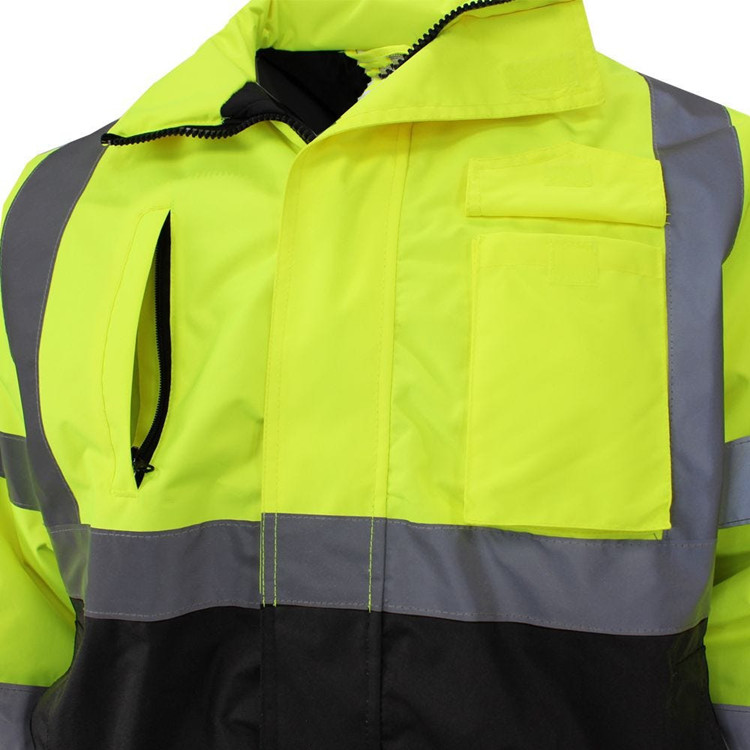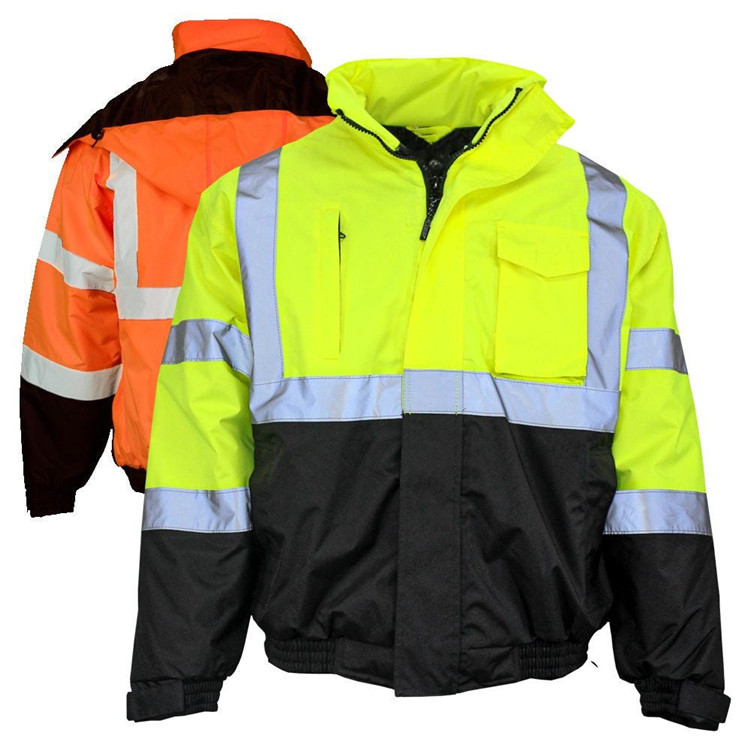Abstract : According to the experience of many years working on the improvement of saline-alkali soil, it has been concluded that the cultivation of saline-alkali land must pay attention to the construction of plots and soil improvement measures in order to gradually transform the saline-alkali land into a high-yield and stable-yielding farmland.
I will now summarize the measures for the construction and improvement of the cultivation of rice fields in saline-alkali land.
I. The main contents of the construction of Saline Land
In principle, it is necessary to comply with the requirements for the management of saline and alkaline for mechanical farming, irrigation and drainage, transportation, field technical management, and improvement of land utilization.
1, irrigation and drainage. In saline-alkali land, drainage is an important measure in the high-yield cultivation of rice, and it is a solution to the desalination of paddy fields. It is necessary to adopt a single row of single irrigation, irrigation and drainage to separate the family, prevent skewed row irrigation and redistribution of salinity in grid fields, speed up irrigation and drainage time, and facilitate salt washing in the field.
2, flat ground. Land leveling has a direct impact on soil salt movement and irrigation effects. Leveling the land is a prerequisite for achieving balanced water and salt, reasonable irrigation, and increased water production.
3, fertilization. After the saline land has been washed, the soil fertility quickly rises to the main contradiction. Solving soil fertility problems should be based on the application of farmyard fertilizers and organic fertilizers.
4. Roads and forest belts should be planned scientifically and reasonably constructed.
Second, the field orientation
According to the relative position of the irrigation and drainage channels, the agricultural channels in the saline-alkali area are better arranged in phases. According to the relationship between the agricultural channel and the direction of operation of agricultural machinery, the longitudinal arrangement of the agricultural canal is suitable for mechanical operations, and the lateral washing effect caused by water pressure transmission is enhanced, and the effect of drainage and salt drainage is better. In the direction of Tajima, it is suitable to use the north-south direction. The orientation of the rice seedlings is consistent with that of the field, so as to facilitate the light penetration and the weeding and weeding.
Third, level the land
Uneven land is one of the important causes of soil salinization. Saline-alkali land requires strict formation of flat land, uneven land, unbalanced water, and salt migration. The lack of water in the highland returns to salt, and the water depth in the lowland affects normal rice growth. There are two ways to level the land. First, dry and leveling, and second, water leveling.
Fourth, deep turn
Saline deep sowing of rice can promote root development, increase ground temperature, promote microbial activity and decomposition of organic matter, increase water contact surface, and facilitate flushing and desalination. At the same time, the deep plowing before and after the planting of rice prevents the soil from returning salt and eliminates weeds and prevents diseases and insect pests. Deep drip in saline-alkaline land can increase the thickness of the plough layer, reduce the firmness of the plough bottom layer, maintain the soil fertility for a long time, and contribute to the stable yield and high yield of rice. According to the experiment, in the same paddy field, the autumn tumbling can increase the effective nutrient by 22.2% compared with the non-autumn fall, and the grain per panicle The number increased by 5.7 tablets. Fallback time generally begins in late October and ends at 5cm. The depth of the initial deep plunge is preferably 15 to 20 cm, and gradually deepens to 25 to 30 cm after 2 to 3 years.
V. Saline sand-alkali land cultivation measures
Pressing sand and soil is an effective measure to treat saline-alkali land and muddy land. The incorporation of appropriate amount of sand in the saline-alkali land can loosen the soil, reduce the viscosity of the soil, increase the water temperature, and change the physical properties of saline-alkali soil.
1. The amount of sand pressure should be determined according to the severity of the salt and the degree of soil viscous. Generally suitable for 300-500m3 per hectare.
2. The pressure sand should be combined with the ploughed land, so that the sand can be fully mixed, so that the effect of sand-pressing and improving the saline-alkali soil can be fully exerted.
3. On the sand source selection, coarse sand is better than fine sand, and black sand is better than yellow sand.
4. Sand pressure is combined with other measures, such as increasing farmyard manure, applying soil chemical amendments, and draining and washing saline and alkalinous water, etc., then the effect of soil improvement is more obvious.
5. The quantity of pressure sand should not be rushed to completion once, and it should be completed in batches year by year in accordance with the conditions. It is generally completed in 2 to 3 years.
Sixth, saline-alkali land rice chemical improvement measures
1, increase physiological acidic fertilizer. Saline-alkali land use nitrogen fertilizer all
Use ammonium sulfate and other physiological acidic fertilizers. The method of application is to combine the use of ammonium sulfate and a decomposed farmyard fertilizer, which is used as a base fertilizer, in combination with turning land and leeches. The basic fertilizer is applied with 300 kg of ammonium sulfate per hectare, and 450 kg of ammonium sulfate is applied.
2, the application of crude gypsum powder chemical modifier. After testing, 7500kg of gypsum powder per hectare was used, and 2250kg of farm manure with good heat was applied in conjunction with turning over the ground. After 3 years of continuous application, the alkali content in the 20cm soil layer before application was 0.47% and the pH was 9.5. After application, the salt content in the soil layer was 0.14%, the pH value was 8.3, and the soil desalination rate reached 70.2%. , PH value decreased by 1.2. The application of crude gypsum powder must be used in conjunction with the decomposed farmyard manure. In addition to the fact that the farmyard manure can change the role of the soil fertilizer seedlings, it can produce organic acids and release carbon dioxide in the decomposition process to promote the dissolution of crude gypsum powder and increase the activity of calcium ions. Concentration, improve the effect of gypsum to change alkali, preserve seedlings and increase production.
3. The use of zeolite to improve the soda saline land. Zeolite has abundant resources in our province and is a kind of natural ore. Its composition is a silicate mineral with a three-dimensional crystal lattice structure. It has strong cation exchange and selective adsorption and can adsorb alkaline sodium ions in the soil. This eliminates or reduces alkalinity. According to the test, the application of 750-1500kg per kilogram can reduce the pH value from 0.5 to 1.0.
4. The use of acid auxiliaries to improve Soda saline land. Application of 10% sulfuric acid antacid 1500kg per hectare has obvious effect of soil improvement. According to the experiment, the seedlings can be returned to green 1 to 3 days in advance, the salt rejection rate is 13.2%, and the PH value is reduced by 0.5 to 1.5.
VII. Biochemical Improvement Measures for Rice Seeds in Saline-alkali Land
There are many varieties of biochemical agents, but the main components are generally the same, so the use of time and methods are generally the same, only "Kangdibao - rice professional saline soil conditioner" as an example.
1. Seed treatment: Dilution with 1000-1500 times the uniform seed dressing, drying after sowing. The product can also be soaked in a solution dilute solution of 1500 times for 24 hours to increase the seed germination rate.
2. Seedling transplanting: The product can be used 1500 times solution rooting, can improve the survival rate.
3. Use of seedlings for raising seedlings: dry seedlings, 5 to 6 mL per square meter, and 3 to 4 kg of water. Before seeding or early onset, pour seedbeds.
4. Before and after transplanting: Use 1 to 3 days before sowing and determine the amount according to soil conditions. Add Kang Dibao to the sprayer or watering can, dilute 100-200 times with water, mix evenly, spray evenly on the surface of the water (with no wave on the surface for uniform marking), then transplant the pod, or use it after transplanting 1-3d, but do not exceed 7d.
5. Jointing and booting stage: Use 0.5-1.0kg per acre, dilute 200-400 times with fresh water, use a sprayer (remove the nozzle), and walk 4 to 5 lines. Spray the sprinkler under the surface along the surface to spray it. . Do not spray this product directly onto the seedlings to avoid seedling damage.
6. Improve water quality: If the water quality of the irrigation water is not good, Kangdibao can effectively regulate the water quality and pH of the irrigation water. Kangdibao's pH value of the aqueous solution diluted 10000 times is 4.0 to 5.0.
Safety Jacket Reflective, rain safety reflective, safety work wear jacket, hi viz safety jacket, safety jacket parka, waterproof safety jackets supplier.
We have been this field for more than 10 years. And we have certificate like EN ISO 20471, BSCI, GES, CE, OEKO and etc.
We support sample service and try order.





Safety Jacket Reflective,Rain Safety Reflective,Safety Work Wear Jacket,Safety Jacket Reflective For Sale
Suzhou Golden Gamrnet MFG Co.,Ltd , https://www.svchangerobe.com